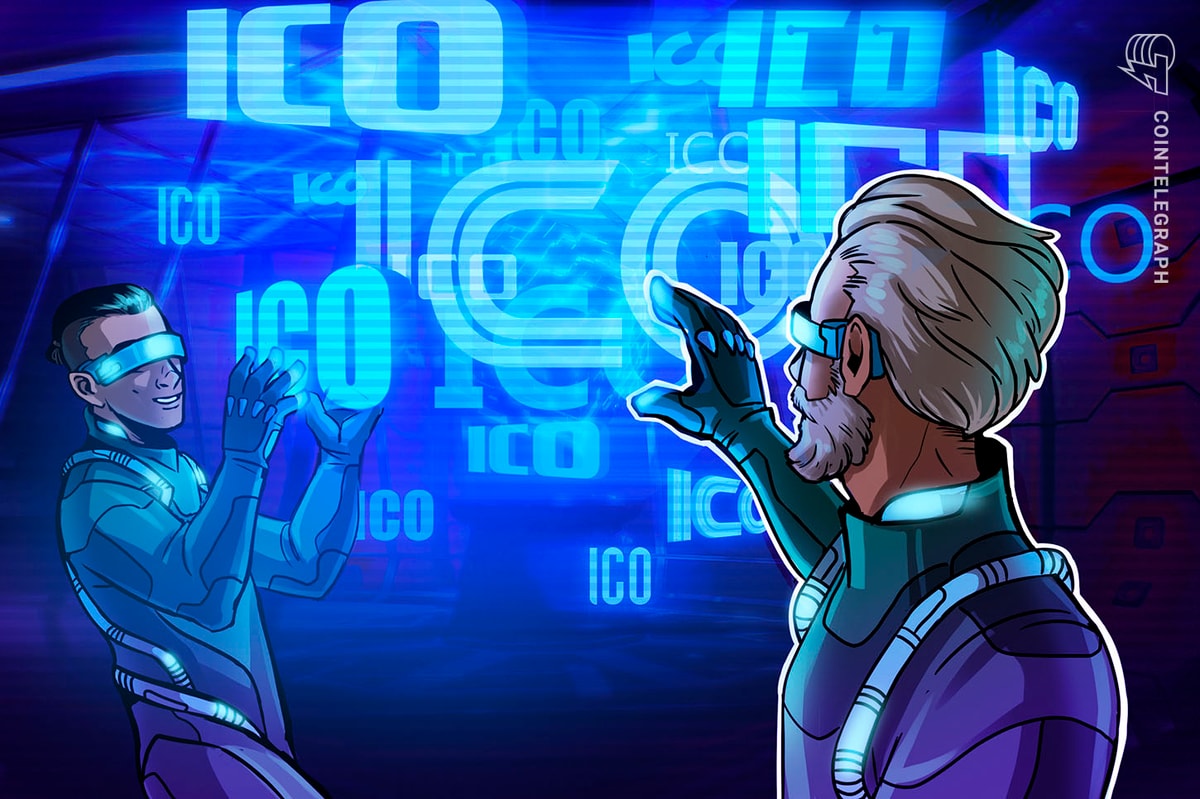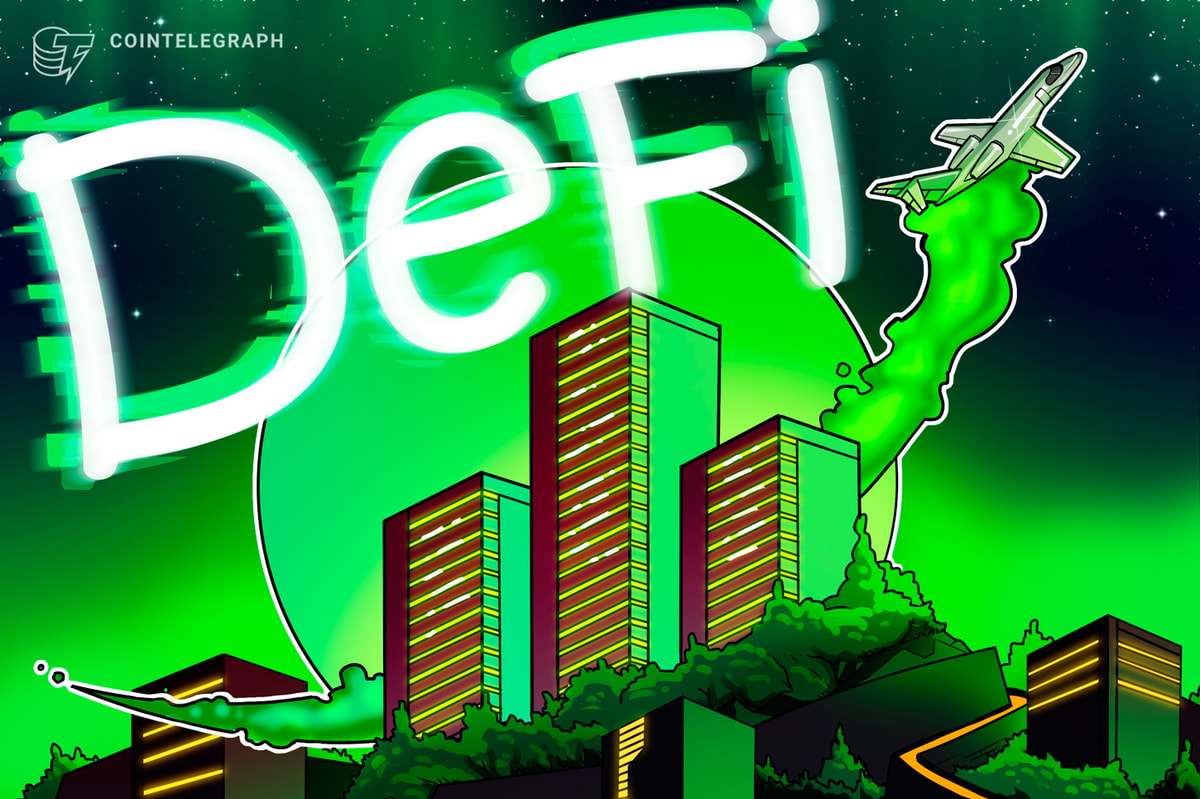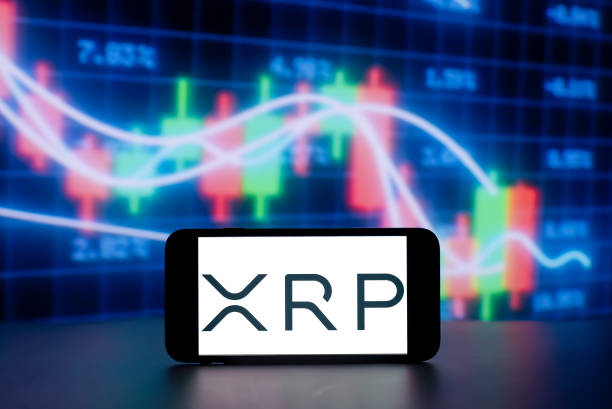Three out of 10 of the biggest projects launched during the initial coin offering (ICO) era are now inactive or dead, and most of the rest are struggling to find relevancy.
An examination of the big winners during the ICO mania has revealed that raising millions doesn’t solve all your problems, and sometimes, it makes things worse.
EOS
At the peak of the ICO era in 2017, Brendan Blumer and Dan Larimer proposed a new ultra-fast blockchain — EOS — that would offer both vertical and horizontal scaling of decentralized applications.
Block.one, the company managing EOS, concluded a yearlong ICO in 2018, raising a staggering $4.2 billion. To this day, it remains the largest token sale ever.
Block.one and EOS did not go on to take the crypto world by storm as predicted. Instead, the corporation became sidetracked with projects unrelated to its core mission. A centralized exchange called Bullish was launched, and $180 million in capital was invested into a social media platform called Voice.
Perhaps the luxury of Block.one’s billions robbed them of their focus. In 2021, the EOS community created the EOS Network Foundation to help support the project’s growth independently of Block.one.
In May 2024, the EOS Network Foundation announced a new token model, removing its inflationary tokenomics and introducing a fixed supply model with a maximum supply of 2.1 billion tokens.
EOS (EOS) has a market cap of $770 million and traded at $0.52 at the time of writing on Aug. 23, down 97.7% from its $22.71 peak in April 2018.
Status: Active.
Telegram Open Network
Russian brothers Pavel and Nikolai Durov had great plans for the Telegram Open Network (TON). If it had ever materialized, the network and its native Toncoin (TON) would have tied into and supported messaging, file sharing and a network anonymizing layer.
While the United States Securities and Exchange Commission saw fit to let other blockchain projects continue after paying a fine, in the case of TON, it was far less forgiving.
After raising $1.7 billion, the SEC prohibited TON from launching its token and ordered Telegram to pay back investors. For good measure, it also issued a fine of $18.5 million.
The Durov brothers were not so easily discouraged. They would go on to create “The Open Network” and launch it with much of the same functionality and features as initially proposed for the Telegram Open Network.
Later, a Toncoin currency was launched independently of Telegram by developers who did not work under Telegram’s direction.
Status: Reborn and active.
Tezos
Initially, Tezos seemed destined for great things. Headed by American husband and wife team Arthur and Kathleen Breitman, Tezos offered a fresh and compelling narrative that captured the imagination of crypto investors.
The idea? To create a “self-amending” cryptocurrency allowing stakeholders to influence the future direction of the Tezos blockchain. In theory, this would allow Tezos to do anything, to become anything its users wanted. It would also kill the specter of hard-forks, as whenever a disagreement arose, a democratic vote would settle the matter.
In July 2017, Tezos smashed crowdfunding records when its token sale raised $232 million in Bitcoin (BTC) and Ether (ETH). Expectations from all quarters were high, but the problems were just beginning.
Soon after the raise, the Breitmans and Johann Gevers, the president of the Tezos Foundation, fell out.
With the C-level executives at loggerheads, progress on the “democratic” blockchain ground to a halt. Gevers was persuaded to step down from the Tezos Foundation in February 2018, but crucial momentum and community goodwill had been lost by then.
To top off Tezos’ misery, the SEC soon came calling over unregistered security sales. A class-action lawsuit followed from there.
With court cases, dramas, public in-fighting and hopeless delays, Tezos fell from the public consciousness. But the project lives on.
Today, Tezos’ (XTZ) market cap is $698 million. Its token price is $0.70, down 92% from its all-time high of $9.12 in October 2021.
All-time Tezos price chart. Source: CoinMarketCap
In June 2024, the company released its updated roadmap, “Tezos X,” promising faster blocks and scaling through “smart rollups.”
Status: Active.
Filecoin
Filecoin is a decentralized storage project that raised $233 million in 2017. The hype has long since passed, but the project continues to operate, offering file hosting services as advertised.
Related: Ledger CTO warns crypto users about the dangers of 'blind signing'
Decentralized physical infrastructure networks (DePINs) such as Filecoin have been one of the hot narrative trends in 2024. In March, the price of Filecoin (FIL) rose to $11.46, but it was unable to sustain this high.
FIL’s current market cap is $2.2 billion, with the token price at $3.90, down 98.4% from its $236.84 peak in April 2021.
Status: Active.
Dragon Coin
In 2018, Dragon Inc. launched an ICO for Dragon Coin (DRG), a gambling token and payment system for the Asian online casino market. Strangely, there were also plans to build a “Chinese cultural town” in Cambodia.
The ICO was a huge success, raising $320 million. A month later, it was revealed that the project had ties to the head of the 14K triad in Macau, Wan Kuok-koi. Wan had previously been sentenced to 13 years in jail for illegal gambling, loan-sharking and criminal association.
Wan Kuok-koi (center) and associate Chen Huimin (left) with the commander of the PM guard in Cambodia (right). Source: China-Cambodia Monitor
Dragon Coin’s links to the Thai movie industry also emerged when actor Jiratpisit Jaravijit, often referred to by his nickname “Boom,” was arrested after funds from the ICO were discovered in his bank account.
Jiratpisit may have believed he was on the fast track to easy money, but this particular ICO project blew up in everyone’s face.
Status: Dead.
HDAC
In December 2017, the Hyundai Digital Asset Company, a subsidiary of the Korean car maker, announced its arrival in the blockchain space with a $258 million ICO.
HDAC had great plans for an enterprise blockchain, the Internet of Things and motor vehicle production lines. It would also connect blockchains and support e-sports gaming.
The project appears to have still been operating in 2020, but updates ceased sometime after this, and the trail went cold. While other projects from the ICO crashed and burned, HDAC simply faded away.
Status: Missing in action, presumed dead.
Sirin Labs
December 2017 was a busy time for ICOs, and the Swiss-Israeli Sirin Labs also completed a $157.9 million fundraiser that month.
Sirin Labs planned to create an affordable blockchain phone, and before a year was out, they delivered their latest model: The Finney.
Finney, which was named after blockchain pioneer and Satoshi candidate Hal Finney, shipped in November 2018 for $1,000.
While the Finney was not cheap, it was better value than Sirin Labs’ previous pre-ICO phone model, the Solarin, which retailed at an eye-watering $16,000.
Sirin Labs may have had an intriguing concept and a working product they brought to market, but ultimately, Finney failed to gain traction in a highly competitive mobile phone sector.
Status: Dead.
Bancor
In June 2017, Bancor raised $153 million, making it one of the largest and most successful ICOs ever.
The firm is still operating today, and its flagship project is Carbon, a decentralized exchange for onchain trading.
On July 8, 2019, Bancor restricted US customers from its platform, citing a lack of clarity from regulators. In Feb 2021, that decision appeared prudent after a US judge dismissed a lawsuit against Bancor due to a lack of personal jurisdiction.
Bancor’s (BNT) market cap is $63 million and trades at $0.50 at the time of writing, down 95% from its $10.72 peak in January 2018.
Status: Active.
Bankera
Bankera, an alternative to a traditional bank account, concluded its ICO funding round in February 2018. The payment provider raised a significant $153 million.
Bankera (BNK) initially launched on the ERC-223 token standard, but this decision did not work out as hoped. In Feb 2022, the company announced that it was launching a new Bankera token on the more universally accepted ERC-20 standard.
Sometimes it doesn’t pay to be a pioneer. Etherscan reveals that BNK currently has a market cap of just $700,000. The BNK token trades for $0.07.
Status: Just about active.
Polkadot
Polkadot, a project founded by Gavin Wood, who was also one of the founders of Ethereum, rounds off the list.
In October 2017, Polkadot’s ICO raised $145 million and promised to bring horizontal scaling to the industry via parachain technology. Polkadot acts as the base layer on which other blockchains, known as parachains, are built.
Recent: Mac users beware: AMOS malware clones
In May 2024, a Messari report revealed that Polkadot’s daily active addresses reached an all-time high of 514,000, a rise of 48% quarter-on-quarter and 192% over the previous six months.
The takeaway: Polkadot continues to thrive unlike many of its ICO peers.
Polkadot (DOT) is an inflationary token that currently trades for $4.65, down 91.5% from its all-time high of $54.98 in November 2021. Its market cap is $6.5 billion.
Status: Active.










